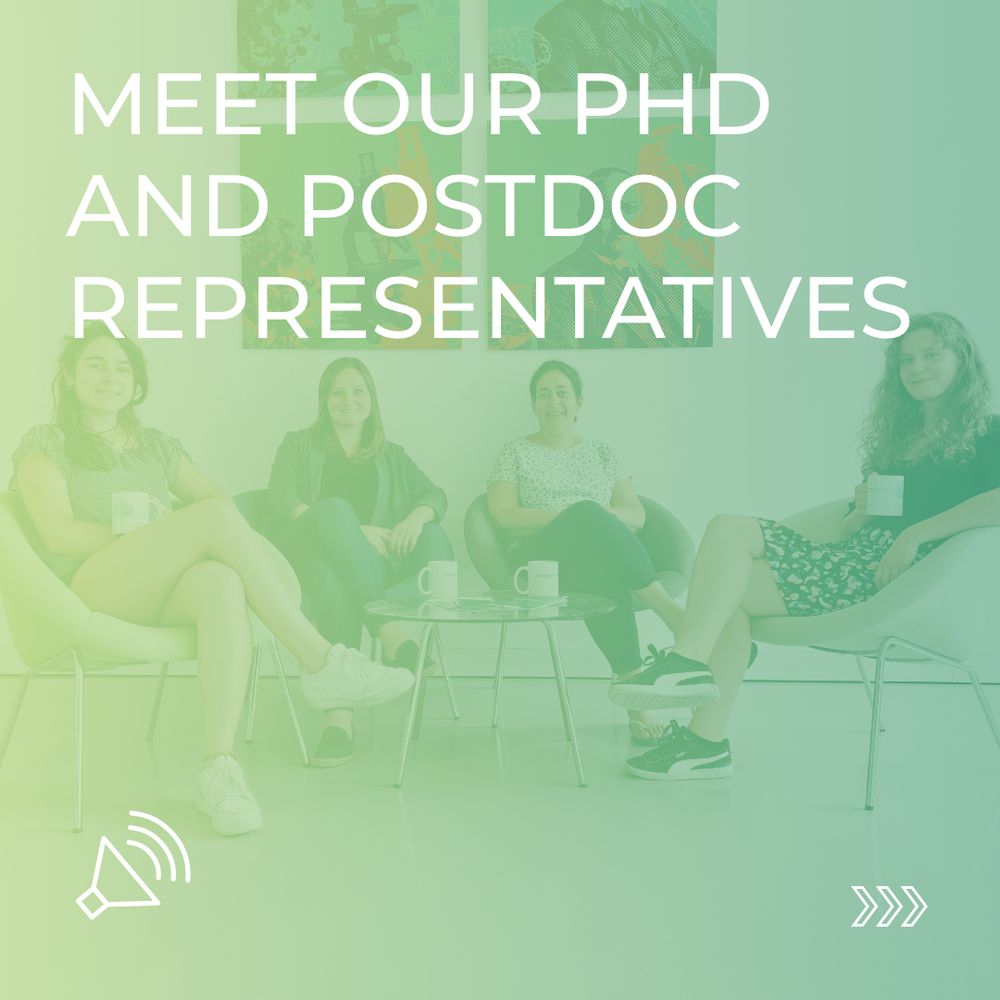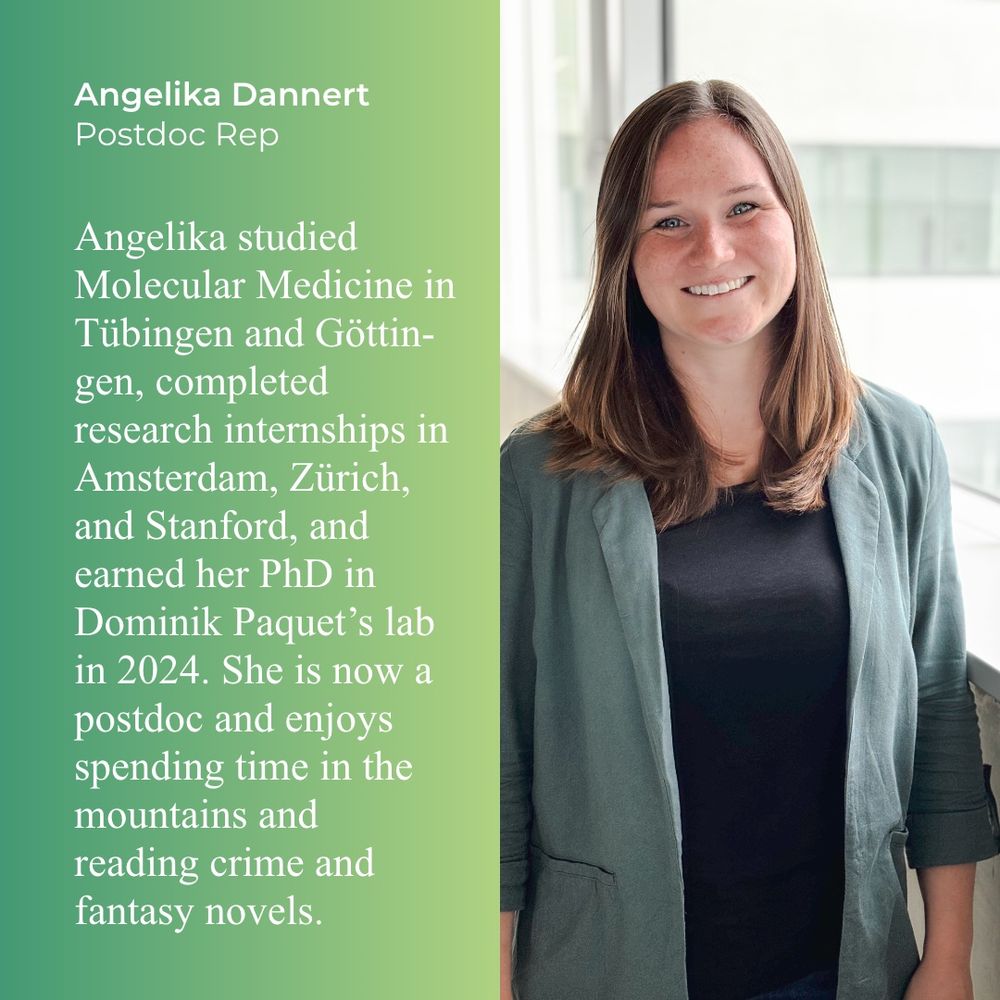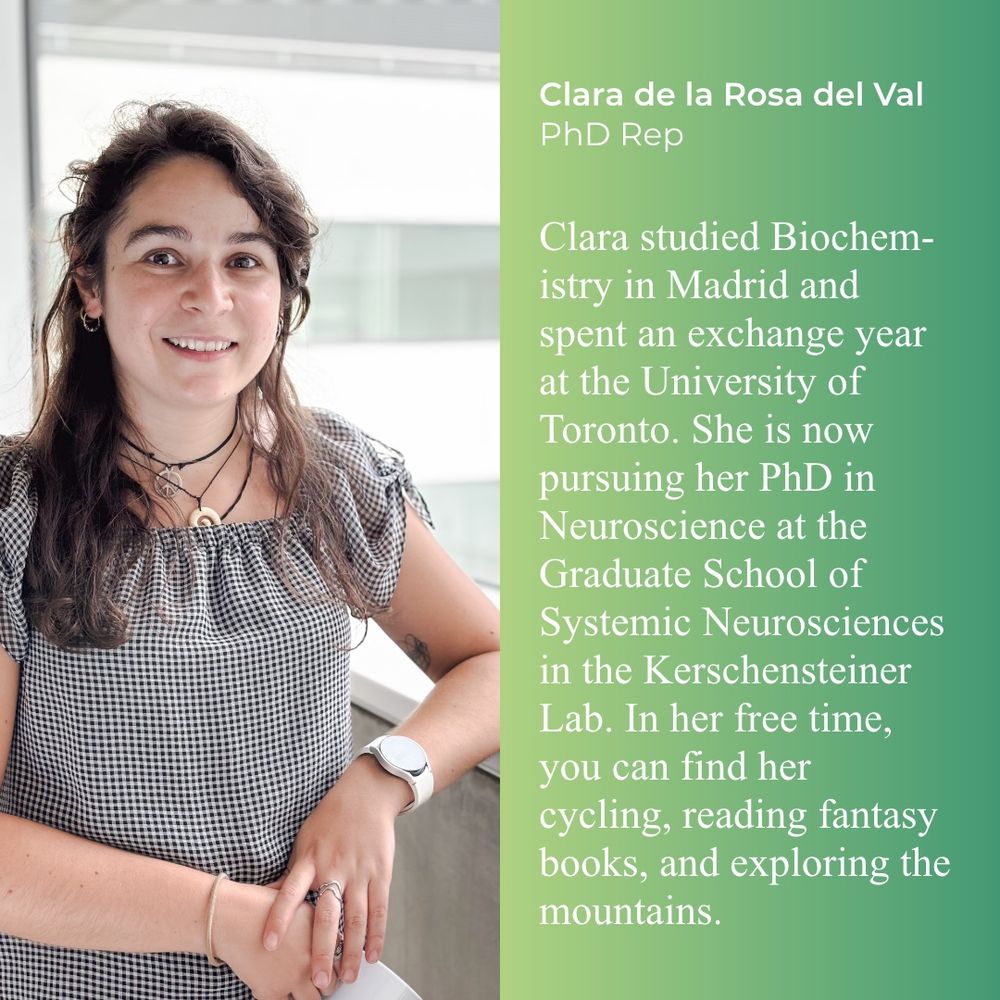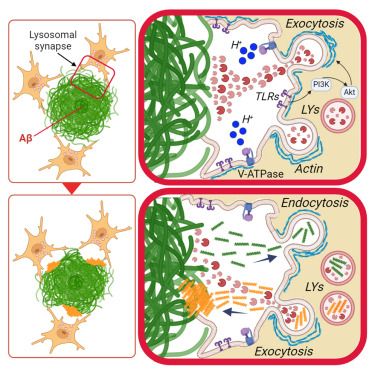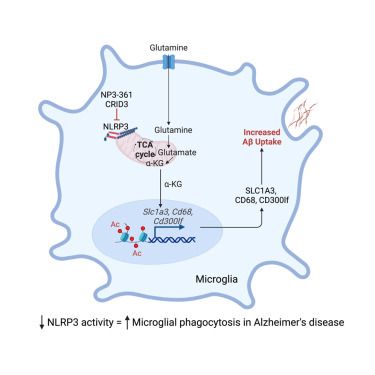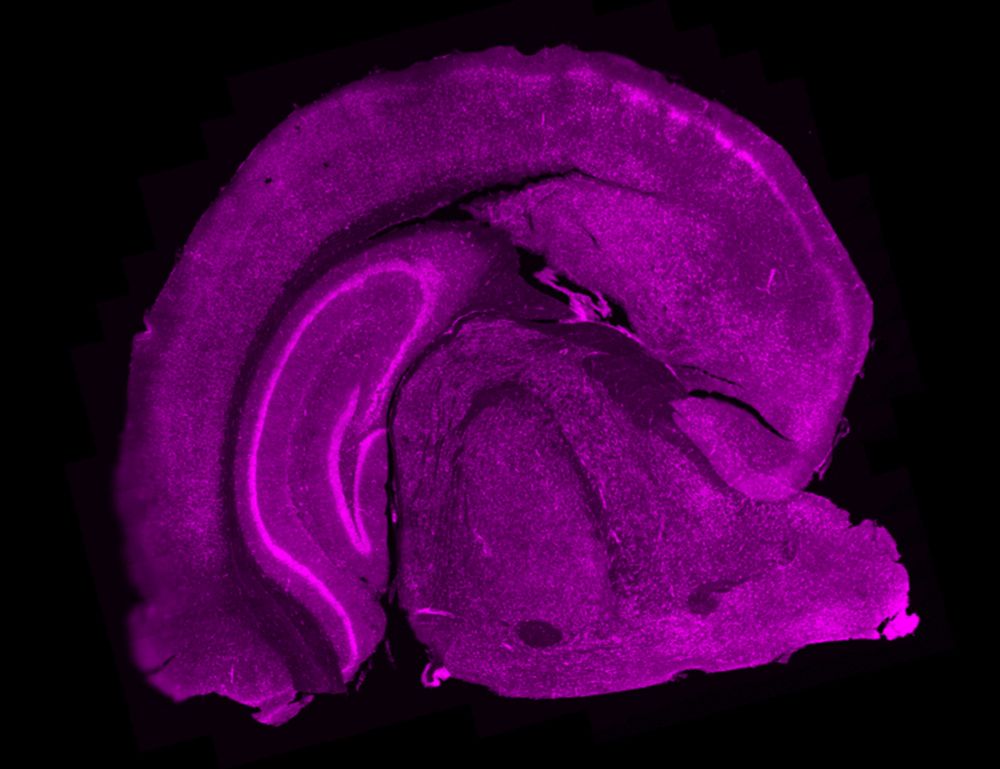Check out our latest publication! 👇
25.08.2025 13:20 — 👍 8 🔁 1 💬 0 📌 0
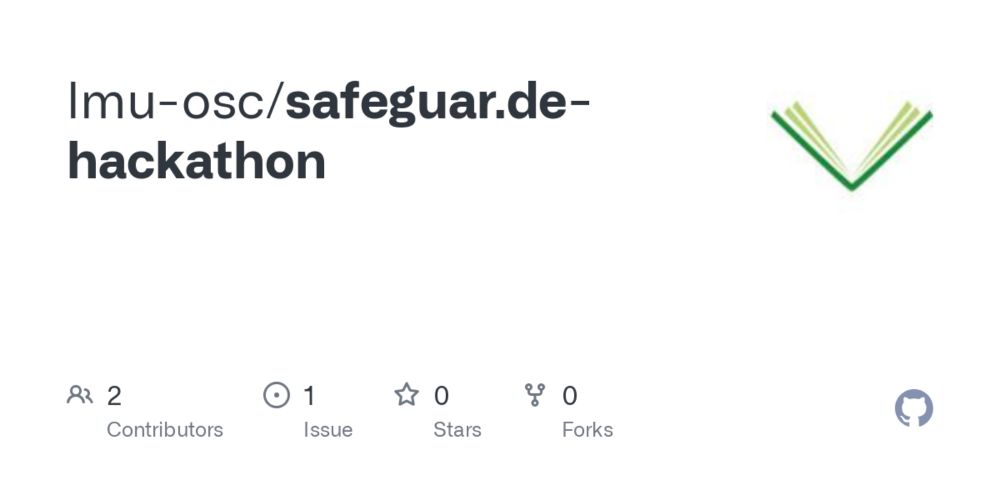
GitHub - lmu-osc/safeguar.de-hackathon
Contribute to lmu-osc/safeguar.de-hackathon development by creating an account on GitHub.
Hackathon: Data Under Threat/Data Rescuing in #München
The LMU OSC runs a hackathon to support the #SciOp #SafeguardingResearch initiative: Rescuing research data that is deleted by the Trump administration.
📅 07/08/25 from 16 – 19 (only in-person)
👉 Details and signup: github.com/lmu-osc/safe...
11.07.2025 12:37 — 👍 21 🔁 14 💬 2 📌 0

Photo of ceremony.

Photo of ceremony.
Congratulations to Christian Haass (@haasslab.bsky.social)! He receives an honorary doctorate from the University of Eastern Finland for 30+ years of groundbreaking Alzheimer’s research on beta-amyloid proteins and new therapeutic approaches. 📸: UFE/Raija Törrönen & UFE/Niko Jouhkimainen
16.06.2025 13:16 — 👍 7 🔁 1 💬 0 📌 0

A word cloud made from flagged terms in terminated NIH grant proposals. The most prominent words in large font include “trans,” “diverse,” “diversity,” “minority,” “sex,” “expression,” “mental health,” “gender,” and “women.” Other visible terms include “LGBTQ,” “racial,” “underrepresented,” “disability,” “barriers,” “black,” “equity,” “health equity,” “vaccine,” “bias,” and “intersectionality.” The word cloud highlights terms related to identity, inclusion, and marginalized communities.
HAPPY PRIDE 🏳️🌈
Under Trump, research using terms like “Trans,” “LGBTQ,” & “Gender identity” is being defunded. These terms reflect real people who deserve science that includes them.
Stand with us to protect LGBTQ+ science from political erasure.
grant-watch.us/nih-data.html
@rcmedphys.bsky.social
01.06.2025 15:22 — 👍 303 🔁 101 💬 7 📌 5
How does APOE change your risk of developing Alzheimer's disease? At least partially by changing the function of immune cells in your brain 🧠🧬
New paper out in @natcomms.nature.com today: www.nature.com/articles/s41...
@ukdri.ac.uk @kingsioppn.bsky.social @imperialbrains.bsky.social
27.05.2025 08:33 — 👍 44 🔁 17 💬 2 📌 0
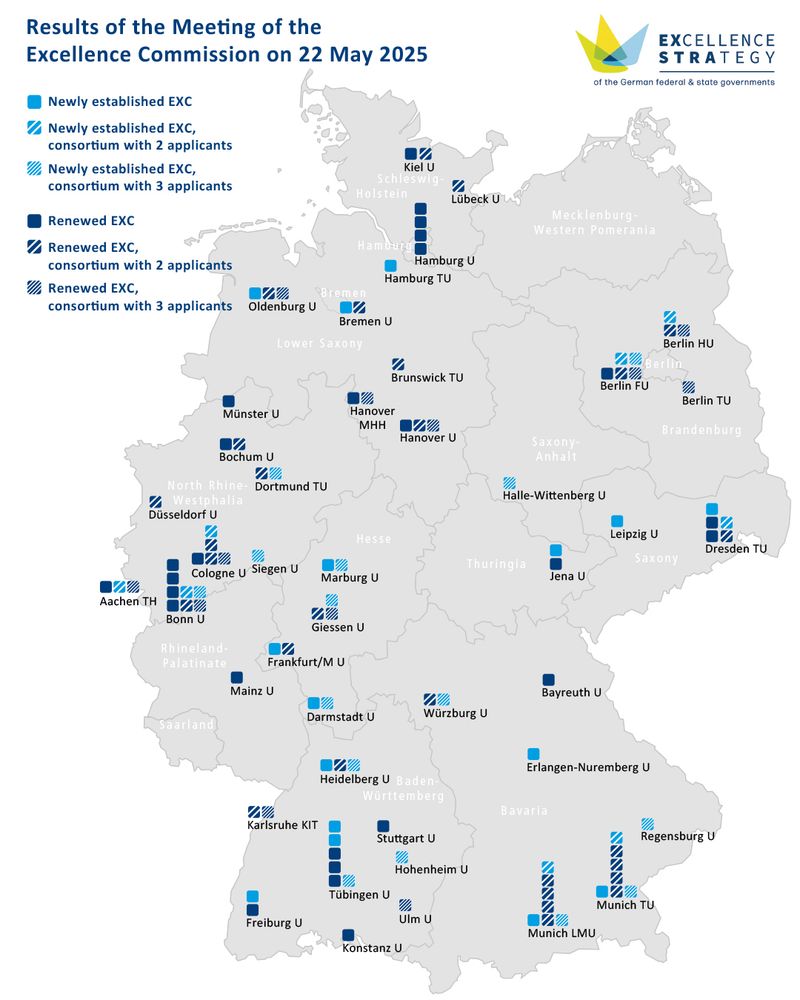
Map of Germany with the Clusters of Excellence
The #ClustersOfExcellence have been selected: today, the Excellence Commission approved 70 projects for funding. 45 clusters will continue and 25 will be newly established. Funding starts on 1 Jan 2026 for 7 years, with €539 million per year. The full list: www.dfg.de/resource/blo... 1/3
22.05.2025 18:10 — 👍 117 🔁 45 💬 2 📌 7

🎉 Major achievement for #LMU in the Excellence Strategy: All seven proposed Clusters of Excellence have successfully passed the review process and will be funded for seven years as of 2026. An outstanding result! 🎉 #ExcellenceCluster #LMUMunich #research Read more here: www.lmu.de/en/newsroom/...
22.05.2025 16:24 — 👍 36 🔁 11 💬 1 📌 4
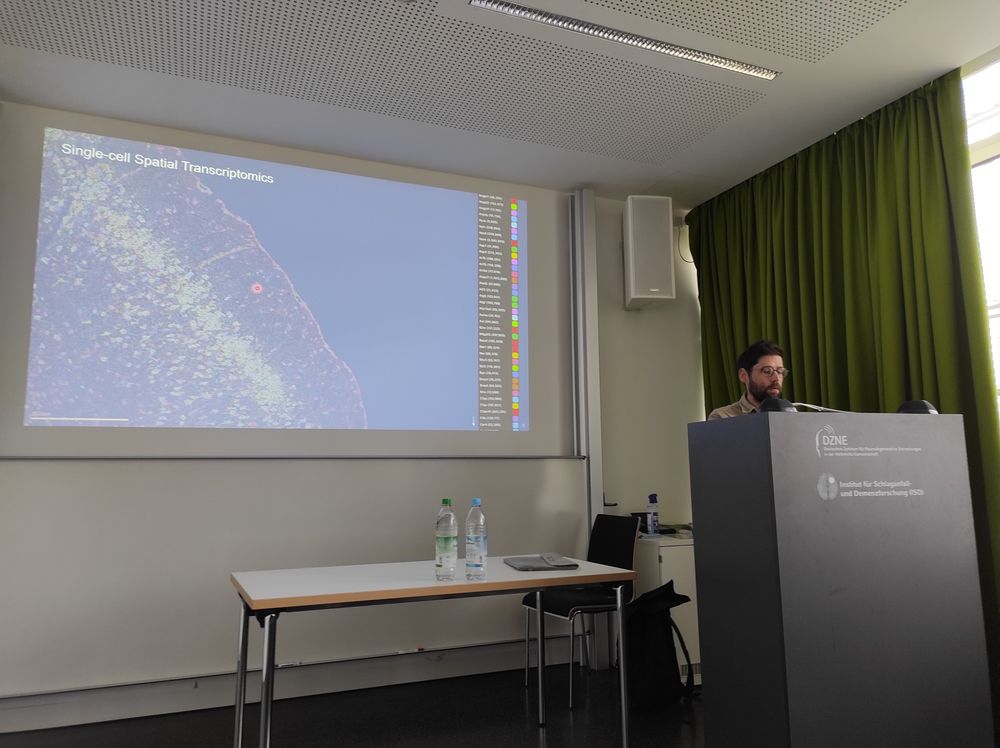

💭 Our PhD & Postdoc reps initiated visits to our Technology Hubs for our researchers and kicked off with a visit to our Single-Cell and Spatial Transcriptome Hubs last week.
👋 Thanks Arek Kendirli, Janos Groh, Clara de la Rosa del Val, and Simon Frerich for hosting the first event of the series!
06.03.2025 12:50 — 👍 6 🔁 3 💬 0 📌 0
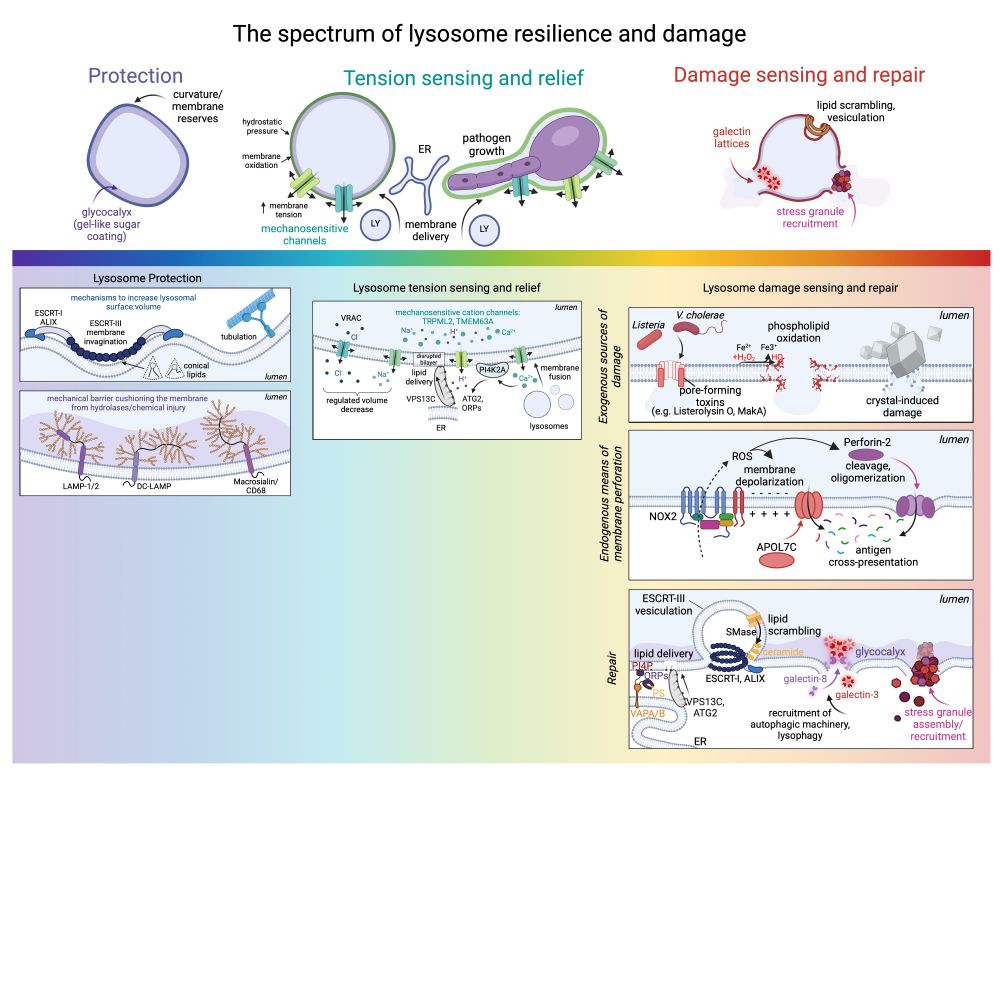
We've been studying mechanisms of resilience that protect lysosomes from damage and wrote a review on the topic. We consider lysosomal stress and damage on a spectrum. Please help me share as this is my first post 😀 and I don't have many followers! 🙏 Open Access: www.embopress.org/doi/full/10....
27.02.2025 15:54 — 👍 61 🔁 43 💬 0 📌 4
Excited to share our latest work with Denali Therapeutics as Deep Piction. Using our proprietary clearing & imaging, we’ve mapped the full targeting profile of brain-penetrating transport vehicles (ATVs) in both whole mouse bodies and monkey brains. nature.com/articles/s41...
26.02.2025 08:33 — 👍 11 🔁 5 💬 0 📌 0
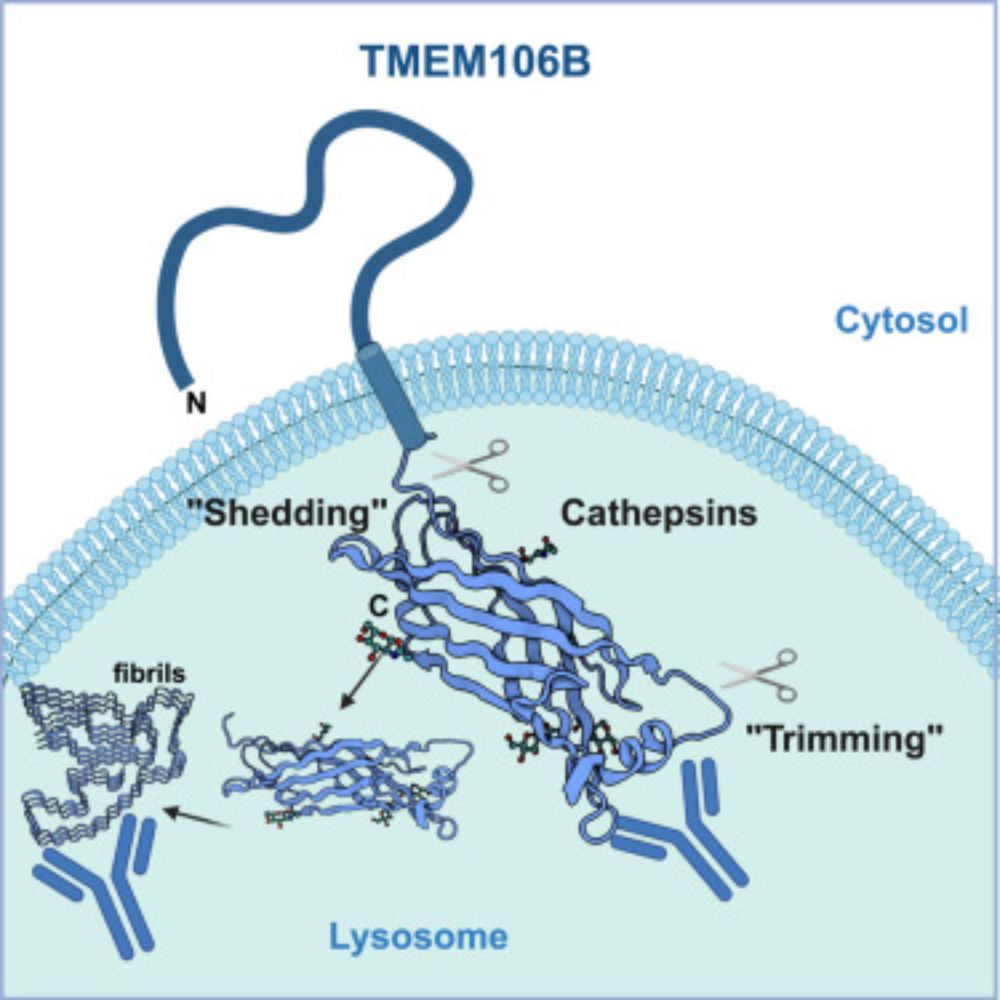
Physiological shedding and C-terminal proteolytic processing of TMEM106B
Genetic variants in TMEM106B, coding for a transmembrane protein of unknown function, have been identified as critical genetic modulators in various n…
Our new paper on the proteolytic processing of TMEM106B is out in @cp-cellreports.bsky.social! TMEM106B undergoesphysiological shedding and additional C-terminal trimming. The new luminal-domain antibody is commercially available!
www.sciencedirect.com/science/arti...
26.12.2024 10:15 — 👍 5 🔁 1 💬 0 📌 0
A quantitative Lewy-fold-specific alpha-synuclein seed amplification assay as a progression marker for Parkinson’s disease
We did it and now it is published: A highly Lewy-fold selective and quantitative Synuclein Aggregate Amplification Assay (SAA). Huge thanks to the amazing teams at MODAG GmbH, LMU Munich, and Bologna University!
rdcu.be/eaISM
21.02.2025 17:23 — 👍 8 🔁 4 💬 0 📌 0
Big congrats to the winners, including Marvin Reich, PhD student co-supervised by our lab in a nice collab with @haasslab.bsky.social
06.02.2025 06:48 — 👍 4 🔁 1 💬 0 📌 0
Multimodal synapse analysis reveals restricted integration of transplanted neurons remodeled by TREM2 https://www.biorxiv.org/content/10.1101/2025.01.31.635250v1
31.01.2025 15:15 — 👍 2 🔁 1 💬 0 📌 0
Alpha-Synuclein co-pathology in Alzheimer's Disease drives tau accumulation https://www.biorxiv.org/content/10.1101/2025.01.24.634706v1
27.01.2025 15:20 — 👍 7 🔁 1 💬 0 📌 0
Very happy to announce that the PaquetLab is now on Bluesky. We are excited to connect with everyone interested in our research and present updates on our work and lab activities! Our lab engineers 3-dimensional models of #human-brain-tissue and the #BBB and applies them to investigate ...
12.01.2025 15:15 — 👍 6 🔁 1 💬 1 📌 0
In summary, we show that a novel therapeutic approach of single-dose peripheral AAV-induced delivery of a brain penetrant biotherapeutic molecule, can replace PGRN protein levels in the brain and ameliorate disease-relevant phenotypes! (8/8)
10.12.2024 11:15 — 👍 0 🔁 0 💬 0 📌 0
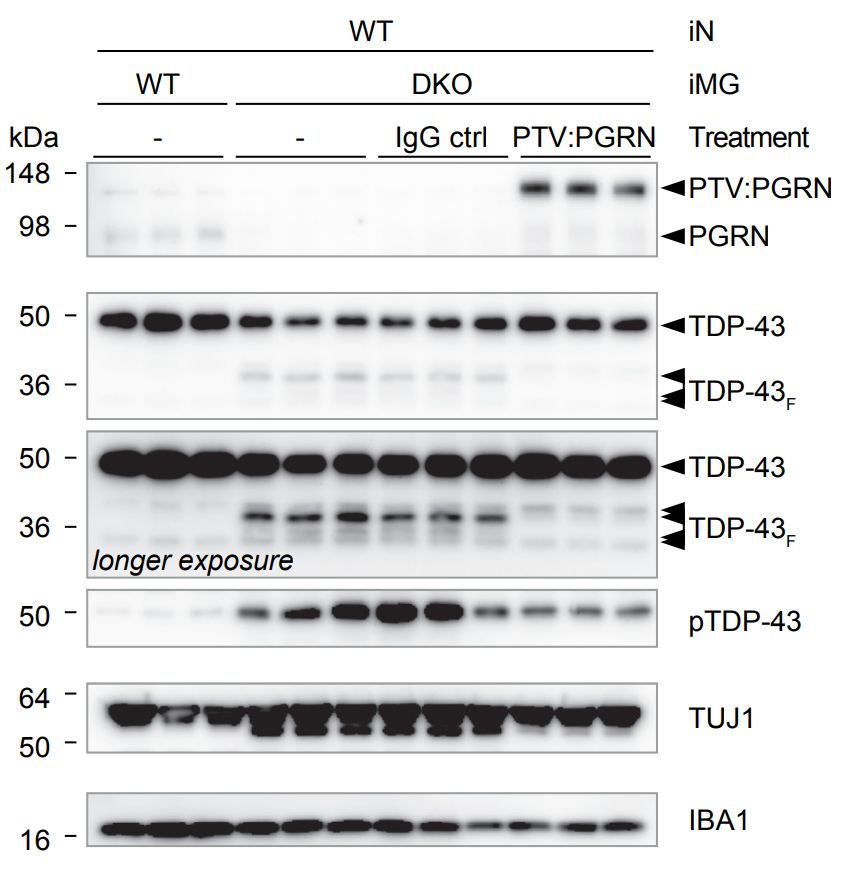
What about a human model system? To assess this we also created a novel human TMEM106B/GRN DKO iPSC model that recapitulates TDP-43 pathology, neurodegeneration and lysosomal abnormalities – all phenotypes can be rescued by treatment with PTV:PGRN (7/8)
10.12.2024 11:14 — 👍 0 🔁 0 💬 1 📌 0

Increased PGRN levels lead to a reduction of TDP-43 pathology, decreased neurodegeneration and an amelioration of motor deficits and behavioural phenotypes! (6/8)
10.12.2024 11:14 — 👍 0 🔁 0 💬 1 📌 0

Applying AAV(L):bPGRN to Tmem106b x Grn double KO mice, we show that a single injection can restore progranulin levels in neurons, microglia, astrocytes and endothelial cells for a prolonged time (5/8)
10.12.2024 11:14 — 👍 0 🔁 0 💬 1 📌 0
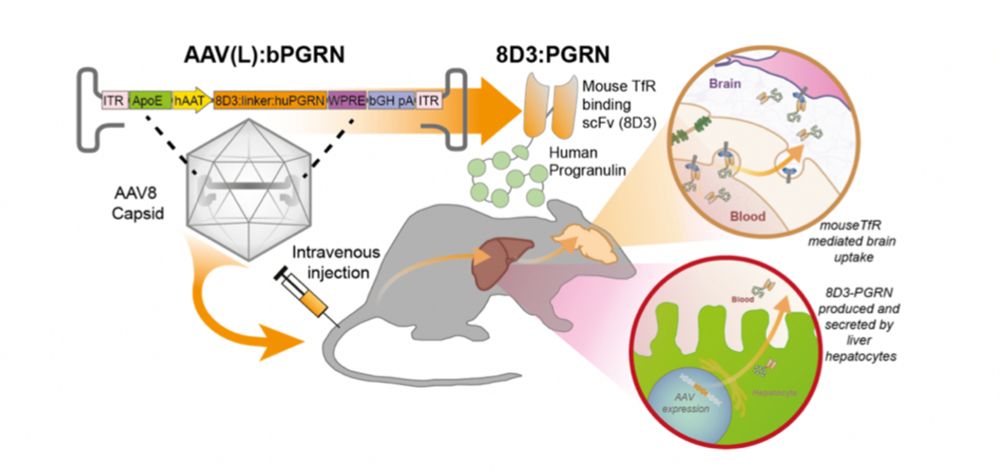
In this study, we use a novel therapeutic approach, combining protein replacement with gene therapy. We exploit a liver-transducible AAV (AAV(L)), which induces brain penetrant (b)PGRN expression in hepatocytes and releases it to the blood to be transcytosed into the brain (4/8)
10.12.2024 11:13 — 👍 0 🔁 0 💬 1 📌 0
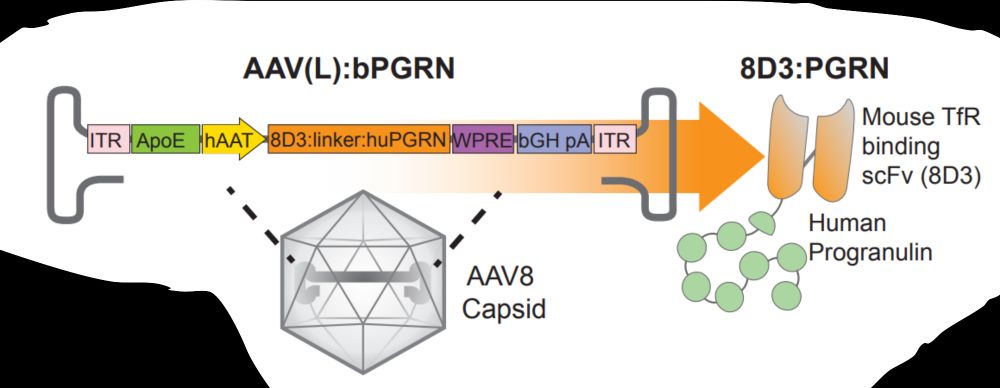
To get around this our collaborators at Denali Therapeutics have recently designed a novel protein replacement approach in the form of a brain penetrant version of PGRN that shuttles through the BBB via transferrin receptor-mediated transcytosis (3/8)
10.12.2024 11:13 — 👍 0 🔁 0 💬 1 📌 0
FTLD-GRN patients have a life-long gene-dose dependent reduction in PGRN levels and could benefit from protein replacement. However, recent approaches that directly target the brain with AAVs, require invasive procedures and show potentially serious adverse side effects... (2/8)
10.12.2024 11:12 — 👍 0 🔁 0 💬 1 📌 0
Hertie Network of Excellence in Clinical Neuroscience and Hertie Academy of Clinical Neuroscience
Studying brain metabolism, Alzheimer's Disease, glia & all things APOE at the University of Kentucky. opinions are my own (but I feel like they are quite good)
University of Cambridge Team developing experimental molecular medicines for chronic inflammatory diseases of the brain. 🇬🇧🇺🇸🇮🇹🇨🇦🇫🇷🇮🇩🇿🇦🇦🇺🇭🇰🇪🇸🇺🇦
X/Twitter @Pluchinolab
Web pluchinolab.org
Associate Prof, PhD, wife, mom. Alzheimer’s disease | metabolism | sleep| glia | I ❤️ lactate | macauleylab.com
**views are mine, not my employer**
Science and fun from the lab of Tony Hyman at the MPI-CBG @mpicbg.bsky.social. Tweets by Hymanlab members.
https://hymanlab.org/
Mobilizing the fight for science and democracy, because Science is for everyone 🧪🌎
The hub for science activism!
Learn more ⬇️
http://linktr.ee/standupforscience
Assistant Professor at Harvard Medical School studying neuroimmune interactions in Alzheimer’s disease.
Our goal is to create a multidisciplinary global platform for researchers from all different facets to more readily connect in the field of neurodegeneration. https://www.ismnd.org/
Nonprofit advancing discovery through rapid, free sharing of scientific communications. New home of bioRxiv and medRxiv.
The Ludwig-Maximilians-Universität in Munich founded the Center for Advanced Studies in 2008. Since then, fellows from all over the world joined CAS.
Neuroscientist. Cell biologist. Microglia lover. University of Lausanne, Switzerland
The Federation of European Neuroscience Societies is the voice of European #neuroscience.
Connecting, representing and promoting neuroscience and neuroscientists across the globe. Join your community today.
Neurologist- Neuroscientist - Stroke Researcher - based in Munich
PhD student in the lab of Christian Haass
Joint Head of Structural Studies at @mrclmb.bsky.social. Develops & uses #cryoEM to study amyloids in neurodegeneration. #tau, #alphasynuclein, #opensoftware, #RELION. All opinions my own.
Physician scientist studying the biology of neurodegenerative disorders.
ORCID ID: 0000-0002-5296-8051
Senior Lecturer and UK DRI Group Leader at King's College London | Epigenetic regulation in neurodegenerative diseases | https://www.kcl.ac.uk/people/sarah-marzi
Professor. Washington University School of Medicine. Genomics, stem cell models, molecular mechanisms of AD and other tauopathies. She/her.
www.karchlab.wustl.edu













